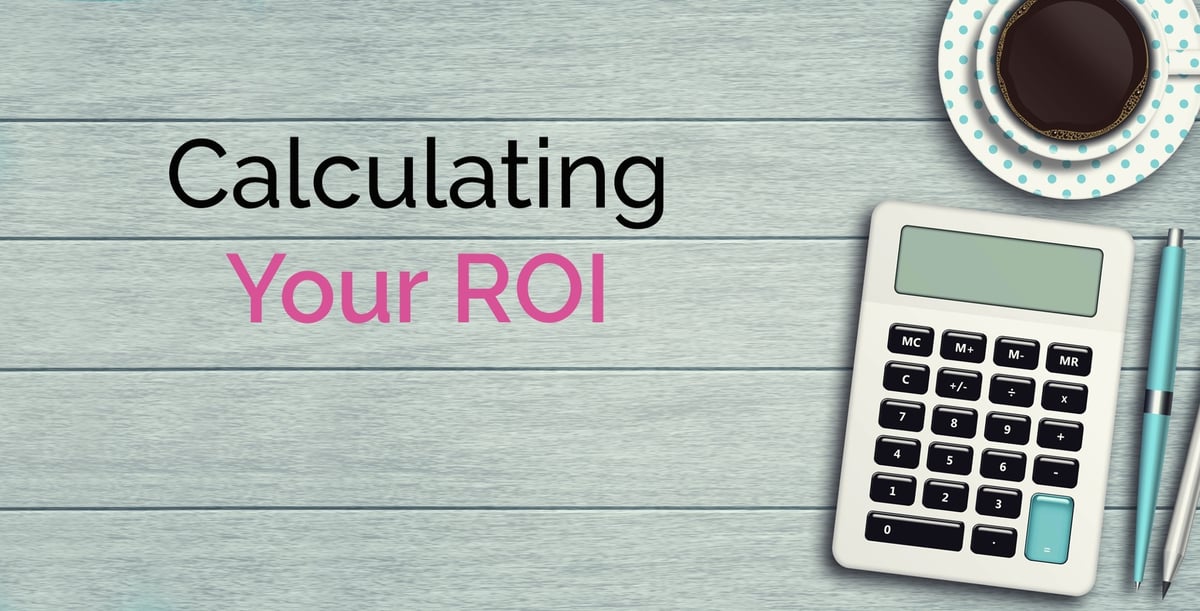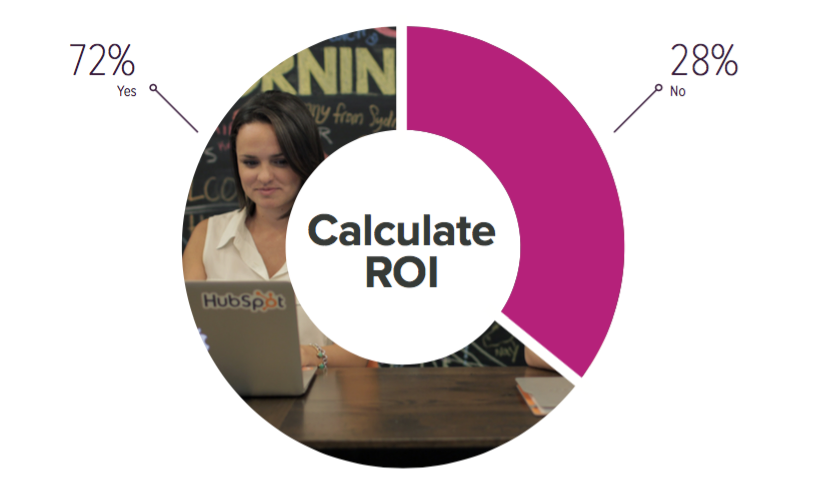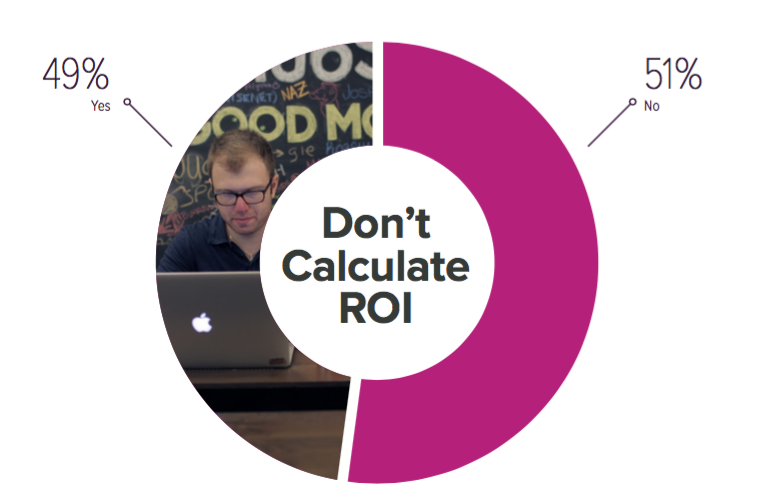Join 40,000+ sales and marketing pros who receive our weekly newsletter.
Get the most relevant, actionable digital sales and marketing insights you need to make smarter decisions faster... all in under five minutes.
The Importance of ROI in Marketing: Why Calculating ROI Is Important for Growth
.jpg?width=50&height=50&name=Ali-Parm%20(1).jpg)
By Ali Parmelee
Oct 31, 2017

It's been consistently reported that marketing departments that are able to accurately display their ROI have a higher marketing budget than those who don't. In fact, marketing departments that measure their ROI are 1.6 times more likely to have the higher budgets that they want and need, according to the State of Inbound 2016.
Showing a return on investment is critical for your marketing budget. Marketers who are able to display the return of each investment are able to guide their budgets based on their actual needs and ideas for growth, rather than being stuck with what the finance department thinks they need.
What Determines Budget?
So how can you build a better budget? Teams that are able to show the return on marketing investments are more likely to have the money they need to launch successful campaigns, while those who can't show their worth are more likely to have to make do with what's left over after other needs are filled. Their budget allocation is therefore determined by the current economic condition of the company, not on the success of their marketing efforts. After all, if there's no cold, hard math to justfiy your budget request, then you don't have much of a case. Many businesses find that they're able to better allocate funds when they fully understand the ROI they'll achieve through various practices simply because they're able to base their strategies on the revenue they want to achieve.
“Being able to show #ROI gets you the #marketing budget you want, not just need” TWEET THIS
Your Boss Wants to See ROI on Time Investment
For many marketing departments, it's critical to be able to show the value of its efforts. Social media marketing, for example, is very time-intensive to do correctly—more than half of marketing professionals are spending six or more hours per week on social media. To many business professionals, who have learned to see social media as an obligation rather than an important part of their marketing, that time may appear to be wasted. Displaying the effect of your social media presence (including a full view of what return the business has received for the investment of your time) is one of the best ways to explain the necessity of social media and other inbound marketing strategies.
Calculating Your ROI
Your ROI isn't just the physical amount of money that goes into each proposition. If it were, inbound strategies like blogging would be essentially cost-free. Unfortunately, there are other factors that must also go into calculating your ROI, including the amount of time you spend on the project multiplied by your hourly rate and any incidental costs that go along with the project. Then, you need to know how much you stand to make on the project. In many cases, a quick look at ROI will show clearly whether or not a particular marketing strategy is worth your while, making it easier to direct your marketing efforts for the next fiscal year with more accuracy.
Sound confusing? Don't worry. Here's a great ROI Calculator from HubSpot.
Those who have calculated ROI have confidence in their marketing strategy.

Those who don’t calculate ROI are much more mixed in their assessment.

Source: State of Inbound 2016
Why It's Difficult
The simple formula for calculating the ROI of a marketing campaign doesn't always work when it comes to inbound marketing. Calculating the true return on your investment is a complicated process that may be difficult to place into numbers that your financial department can examine at a glance. Multiple factors often play into each sale, making it hard to determine which interaction was the tipping point for a particular customer. You may also not know when customers have seen some of the material you've created—blog posts can show that they've been read, but you can't know if they influenced a sale for certain. By displaying as much information as you can about the return on your inbound marketing investment, you'll discover that you're more likely to receive the budgeting and support you need.
What to Include
When putting together your report, you want to show hard numbers and sales trends like these:
- Did sales of a particular item go up after you highlighted it on your blog or posted about it on social media?
- How many leads did you yield per dollar?
- Did you see an increase in revenue from marketing automation?
If you aren't already using inbound methods, it's often helpful to include known statistics about inbound marketing when pushing to make the inbound switch. Including things like the overall increase in client satisfaction, the need for video marketing or the percentage of customers who research a product online before committing to a sale can help make your case. If you already have inbound metrics, you'll also want to include the little increases and patterns that are showing potenial for real ROI. These are what will demonstrate the need for an increase in budget to put more effort behind the trends you are seeing. Examples of these include:
- Your biggest traffic source for leads and how many visits it brought to your site. For instance, is PPC your number one source? If so, you can justify the need to keep it in the budget.
- Your most searched keywords. This will tell you what your users are most interested in—something you can use to develop other areas of your marketing campaign.
- How many page views your blog is getting. If your blog is doing well, you may want to increase how much time and money is being spent on it.
Calculating the ROI of inbound marketing might be a challenge, but it's one that's well worth it. If you want to grow your business, you need to be able to show your success to gain the support and appropriate financial support to keep making progress. Whether you're angling for an increased marketing budget for the coming year or simply hoping to get a better look at the right inbound marketing strategy for your company, it's time to start calculating those critical numbers.
Free Assessment: